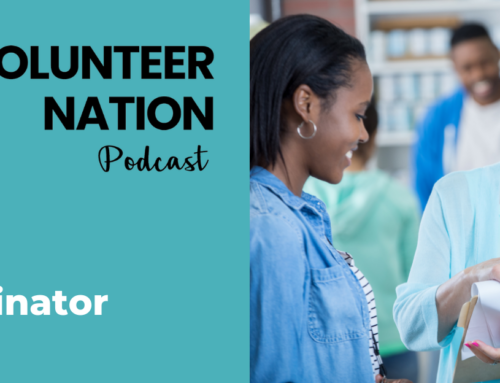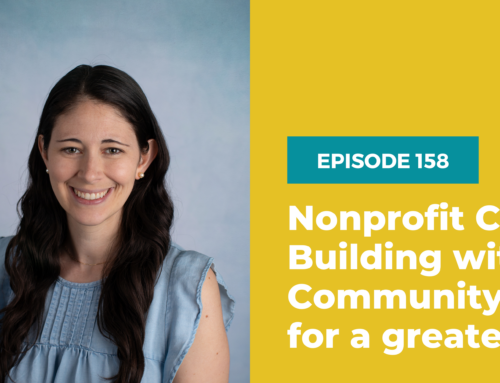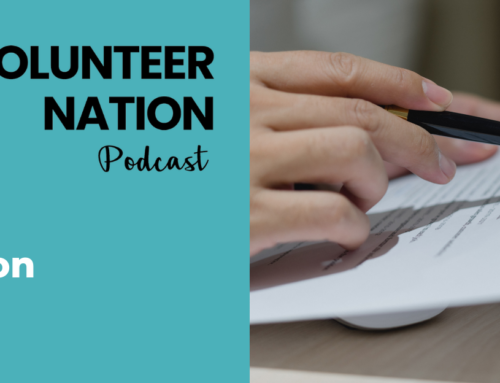
3 Volunteer Metrics That Will Get You Respect
Not very many nonprofit people like numbers. Yes, there are a few of us that are data geeks, but in general, most of us feel that outcome metrics are inhuman and completely devoid of soul. Whether you’re a total fan or feel they are a necessary evil, your volunteer metrics can be a powerful tool to communicate the value of your program to stakeholders.
They may even help your program get the respect it deserves. Below are three things you can track that grab attention and put you on the map as a contender.
3 Volunteer Metrics You Need to Track
1) Annual Value of Volunteer Time — As opposed to the total number of volunteers you have on board, the total number of hours they contribute better reflects your core productivity. By multiplying your total number of volunteer hours by the value of volunteer time for your state (see http://independentsector.org/volunteer_time for state-specific data), you can determine the value of the work, if it were performed by paid staff. The national average value of a volunteer’s time is $21.36 per hour. So, if your volunteers contributed 4,000 hours last year, they logged an equivalent of $84,440 in work. That’s pretty impressive!
2) In-kind Resources Generated by Volunteers — In-kind resources are goods and services that are donated in lieu of cash. For example, if a volunteer donated their business conference room for training, the estimated cost to rent that room elsewhere is an in-kind donation. In-kind resources are more of a hassle to track than cash donations, but they are almost as important. They demonstrate that volunteers and the local community actively support what you are doing. Set up a system to track them, and you’ll be pleasantly surprised at how they add up. Then, use this info to show others that, in addition to their time, volunteers bring tremendous value to the table.
3) Money Saved Program, Clients, Community — If your volunteers are serving clients directly, it’s likely they are helping them overcome some kind of challenge. These challenges usually have a cost associated with them. If you can find a way to determine how much was saved as a result of volunteer assistance (i.e., healthcare premiums saved through effective benefits counseling or grocery bill savings because of food bank parcels), you’ll be able to demonstrate the actual return on investment your program generates. Although it’s a challenge to capture, this is the single most powerful thing you can share, not only with decision-makers but also with your volunteers. It will show that your volunteers are, indeed, the superstars you’ve described them as.
A final note — You don’t need to become a data drone to get respect. The quantitative data you collect is important, and the metrics above will impress but don’t forget to document the qualitative side of things, too. Emotionally compelling stories can be as powerful as data. Collect success stories that illustrate each of the metrics above, then share the amazing human transformations that are behind the numbers.
Do you have an outcome metric you use that gets respect? Tell us about it.







Leave A Comment